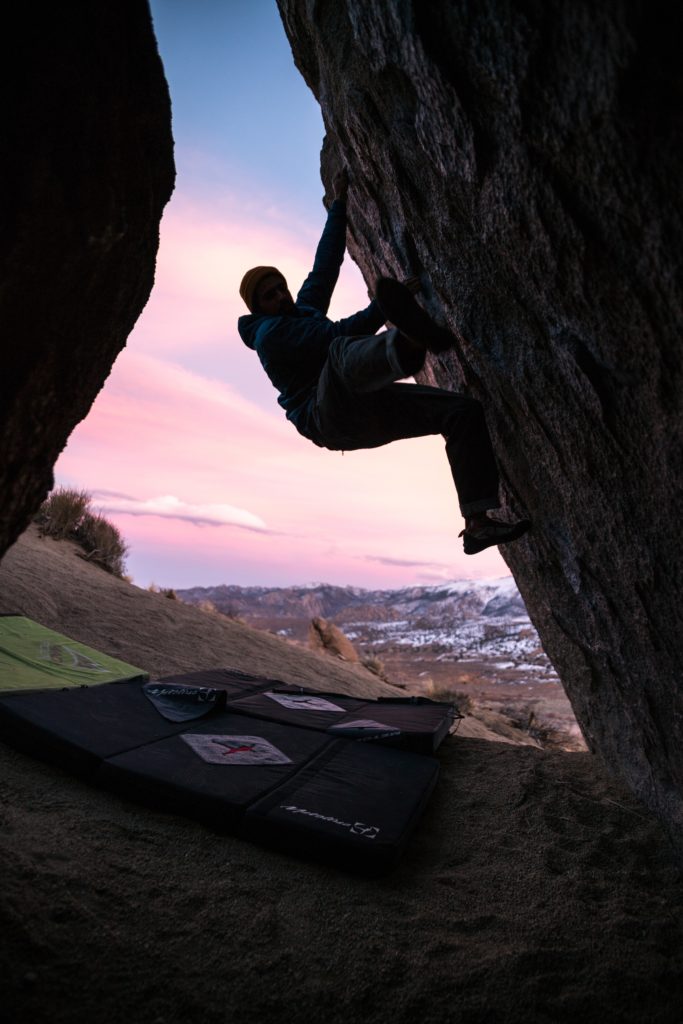
I wrapped up the Ithaca Suzuki Institute on Friday with a grand concert and a lovely faculty party that evening. Hosted by ITE and Ithaca College, the faculty and directors of the institute feel like family and friends. That being said, I want to enumerate some of the reasons I think any opportunity to teach at any institute is a healthy move for Suzuki teachers.
Before I go on, though, I should make it clear that I had little hope I would teach at an institute within the decade. It has been an absolute, if unexpected, privilege to join this faculty. I offer some suggestions below for cultivating your own institute experience if you have yet to receive an invitation to one.
With a circle of Suzuki teacher friends at the aforementioned party I made the following comparison. Week to week studio teaching feels like big wall rock climbing, like El Cap or Half Dome. In order to ascend a 2,000+ ft wall you put together a series of pitches, one after the other. Some people take hours to ascend, but others take days. Special hanging tents are manufactured so that rock climbers may camp out on the wall during multiple-day ascents. The objective is to get all the way to the top.
When you consider the years long time scales we work with with each child, and the fact that no lesson is ever the same, it brings to mind those giant summits. You are just climbing one wall, working with one student, but every pitch or lesson feels like a different challenge.
Master class teaching at an institute, however, feels much more like the technical, scrappy, condensed form of rock climbing called bouldering. Unlike big wall climbing, where endurance and sequencing play a role, bouldering is more about aligning one or two technical skills with a very challenging rock. Bouldering is where the limits of climbing get tested. And because it is only a few feet from the ground, seldom are ropes used. It’s just you and the rock.
To me, institute teaching evokes this condensed, rope-less, technical form of climbing because our circle of impact is small. We neither know the whole history of the child, nor are we responsible for how the lessons of the institute will be integrated in the coming months. We aren’t limited by the back history or the large time scales, are focus is entirely present. Because we only have 15 to 20 minutes with each child we must make quick decisions about what will be the most effective move today. And the impact of our teaching is obvious. Because you teach the child every day, your instructions are succinct and the feedback cycles are rapid. Because other students and parents are watching, you can layer on lessons and move even more quickly. People (parents, students, teachers, observers) are watching you, as they might at the local bouldering spot, so there is an added element of performance and therefore stakes.
Though you can pull the feeling of stakes and intensity into your weekly teaching, you won’t replicate the conditions of the institute week. And there are certainly many aspects and scenarios in week to week teaching that institutes will never prepare us for. But I’ll argue that doses of institute teaching each year will inevitably sharpen your studio teaching, hone your craft.
In rock climbing you can spend weeks working on the same wall or boulder. You can practice your moves over and over again. Your feedback? The pain of falling. In our profession of violin teaching, a profession where opportunities for deliberate practice and feedback are rare and spread out, institute teaching is an invaluable opportunity to receive both.
—
I taught for 5 years before receiving an invitation to teach at an institute. And the one I did get invited to is hosted by the school I work for– there’s the secret. But if you’d like to get a taste of this ‘bouldering’ style I would self organize the following.
Offer a master class with your local high school or youth orchestra. Reach out to the conductor or manager and donate your time to run an hour or two of masterclasses. You could even suggest it if the conductor or teacher needs to take an absent day.
Another possibility is to swap group class days with a colleague. Rather than leading a traditional group class you could run master classes. This is a great way to seek out younger students and teach with parents present, modeling the way an institute might feel.

Leave a Reply